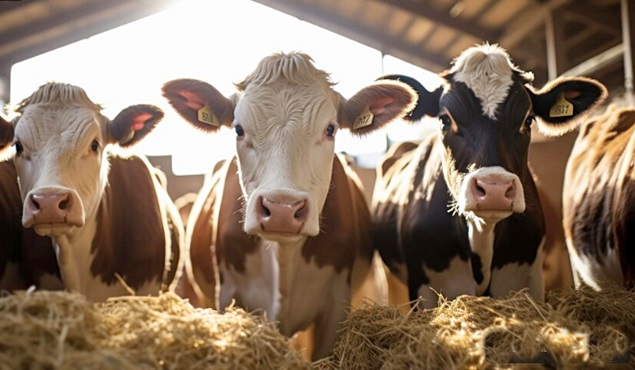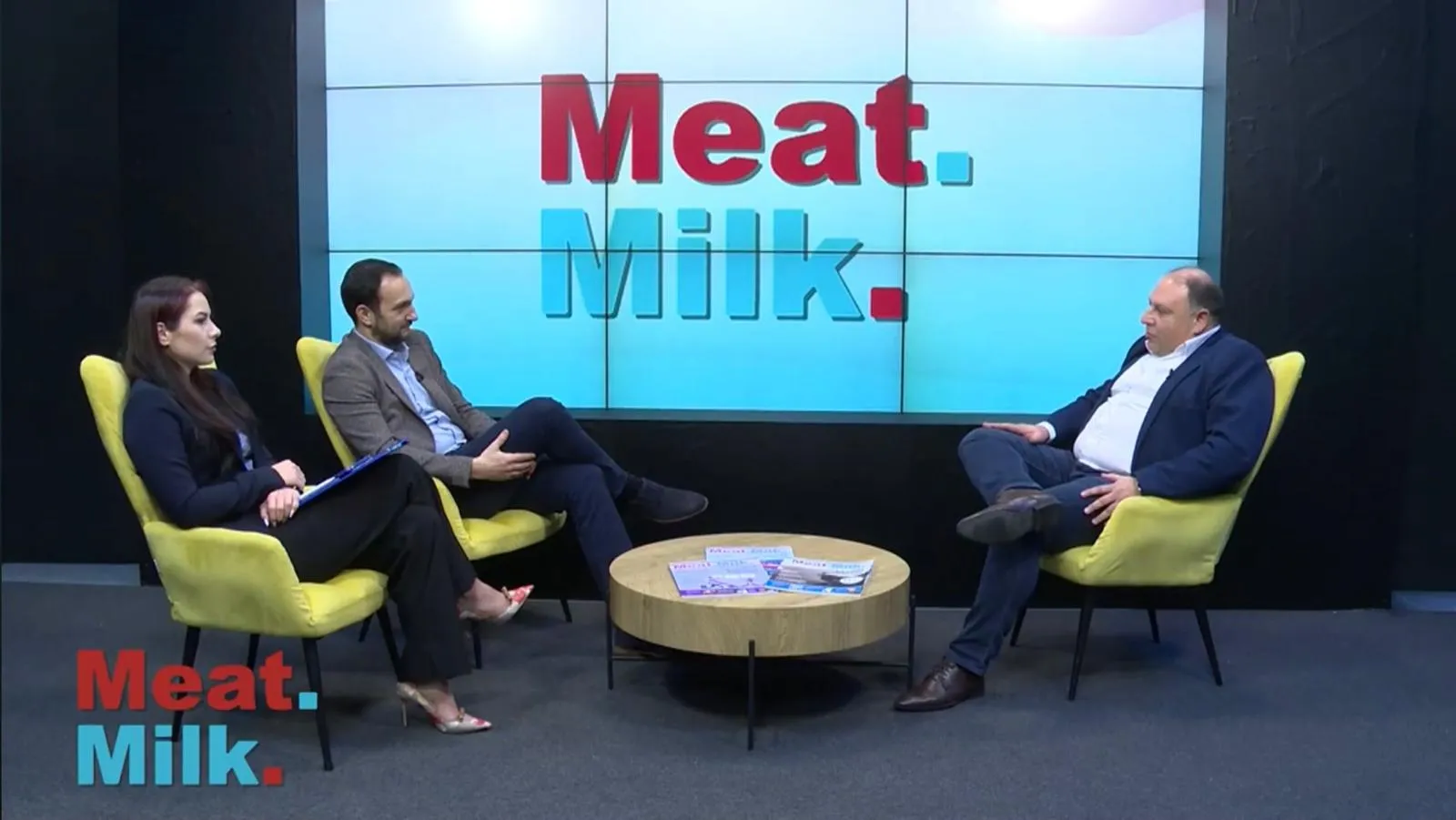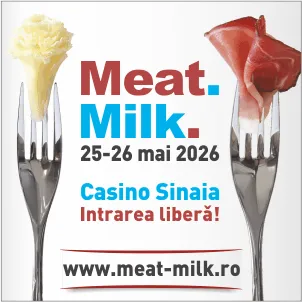
Early Lactation Poses Major Metabolic Challenges for High-Yielding Dairy Cows
The first third of lactation presents significant metabolic challenges for high-yielding dairy cows, according to a recent study reported by DairyGlobal.
Increased Risk Factors
External stressors—such as fluctuating weather conditions or a heightened risk of Bluetongue Virus (BTV) infections—can further exacerbate metabolic stress. A targeted feeding strategy plays a vital role in sustainably stabilizing both milk production and metabolic balance.
With daily milk yields now often exceeding 40 liters per cow, vast amounts of energy, protein, and lactose are redirected into milk production, often leaving insufficient nutrients to meet the cow’s own metabolic needs. This can lead to metabolic disorders—sometimes referred to as the “diseases of civilization” in dairy cattle.
Fortunately, optimized feeding and management strategies can mitigate these risks. Ensuring adequate energy supply during early lactation is critical.
The Early Lactation Energy Gap
Immediately post-calving, energy demand spikes due to the onset of milk production. However, feed intake typically lags behind energy output, leading to a negative energy balance (NEB)—a common issue in early lactation.
Cows compensate for NEB primarily through mobilization of body fat reserves, the extent of which depends on feed intake, dietary energy density, and milk production levels. If prolonged, NEB negatively affects health, fertility, and milk yield.
Preventing Excessive Body Condition Loss
To cope with NEB, high-yielding cows may mobilize substantial fat reserves through lipolysis, often losing over 10% of body weight in early lactation.
This trend has worsened in recent decades due to genetic selection for higher initial milk output. Cows with higher body condition scores (BCS) at calving tend to mobilize more fat and experience a faster post-calving BCS decline.
Some cows consistently lose more weight than others—a pattern believed to have a genetic component, which becomes more pronounced with increasing parity.
Feeding Strategies to Support Energy Supply
Maintaining cows' health over multiple lactations is key to sustainable dairy production. Providing adequate energy intake during early lactation is thus essential.
However, increasing dietary energy density through high starch concentrate levels raises the risk of ruminal acidosis. An effective alternative is the use of rumen-protected fats, which supply high energy without disrupting rumen function.
Unlike standard fats, rumen-stable fats bypass rumen fermentation and are digested in the small intestine. These fats are typically derived from palm oil or rapeseed oil and differ in their fatty acid composition, particularly in the proportions of palmitic acid (C16:0) and stearic acid (C18:0).
Research—including a study by Shepardson & Harvatine (2021)—supports the benefits of using a balanced blend of palmitic and stearic acids in rumen-protected fats for high-yielding cows. A 2% fat supplement rich in these acids (45% palmitic, 49% stearic) showed significant benefits:
- Increased daily milk production
- Higher dry matter intake
- Reduced blood levels of non-esterified fatty acids (NEFA)
This indicates lower body fat mobilization and an improved energy balance.
Older Cows Require Additional Metabolic and Immune Support
Bradford & Contreras (2024) demonstrated a link between fat mobilization and immune cell activity in adipose tissue, pointing to chronic inflammatory responses. Notably, T lymphocytes accumulate during lipolysis and persist until the next lactation, worsening inflammation with each cycle.
By the fourth lactation, immune cell concentrations can be high enough to visibly impair metabolic and reproductive performance.
This could explain the higher incidence of infections, metabolic disorders, and infertility observed in older, high-yielding cows experiencing severe NEB and significant BCS loss.
Antioxidant and Phytogenic Support
External stressors like weather fluctuations or BTV outbreaks further amplify metabolic stress and inflammation. Oxidative stress has been linked to many inflammatory conditions and is a factor in the development of various diseases.
Research has shown that udder inflammation lowers blood concentrations of ascorbic acid (vitamin C). Supplementing with antioxidants like vitamin C has been shown to improve inflammation management.
Similar conclusions were drawn regarding vitamin E, which has demonstrated positive effects on immune competence in periparturient cows.
In addition, willow bark (from Salix species), traditionally used for its anti-inflammatory properties across various animal species, has gained attention as a natural immune support.
Practical Solution: Bewi-Fatrix CX
The product Bewi-Fatrix CX was specifically developed to support dairy cows during critical high-demand phases. A practical on-farm study demonstrated notable improvements in metabolic stability following supplementation with this product.
Spontaneous performance drops were eliminated, and cows regained their previous production levels.
Bewi-Fatrix CX combines:
- Rumen-protected fat
- Rapeseed lecithin
- Vitamins E and C
- Willow bark extract (Salix spp.)
This synergistic composition is unique on the market and is manufactured using a specialized Bewi-Fatrix encapsulation process for optimal ingredient protection and delivery.
Conclusion





